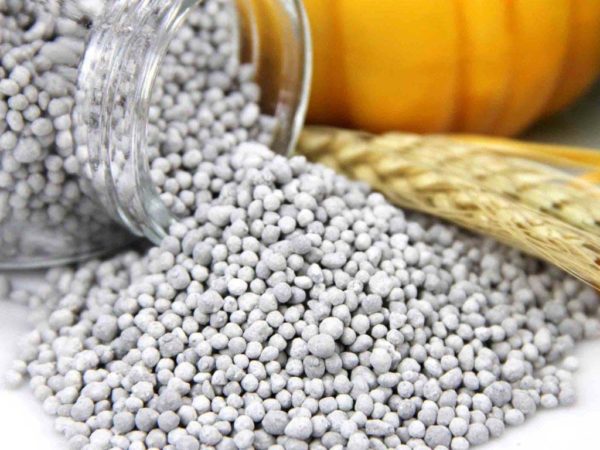
Ammophos is one of the best complex fertilizers, therefore, instructions for its use, the ability to breed with water and knowledge of the composition of top dressing of this type will be useful to all gardeners.
Ammonium phosphate is considered the most active of all superphosphates. The instructions for the use of ammophos describe its composition and how to dilute a fertilizer with water, consisting of:
- 52% phosphorus;
- 12% ammonia.
Such proportions are considered the most acceptable for providing plants with the necessary mineral composition, which favorably affects their growth.
Content
Description of fertilizer and composition of Ammophos
Externally, the fertilizer granules are similar to grains, up to 5 mm in size, well soluble in water. When dried, they retain their properties and do not crumble into powder. If moisture from the air got into the bag with ammophos, the granules in the lump will not stick together, which makes feeding almost invulnerable during storage.
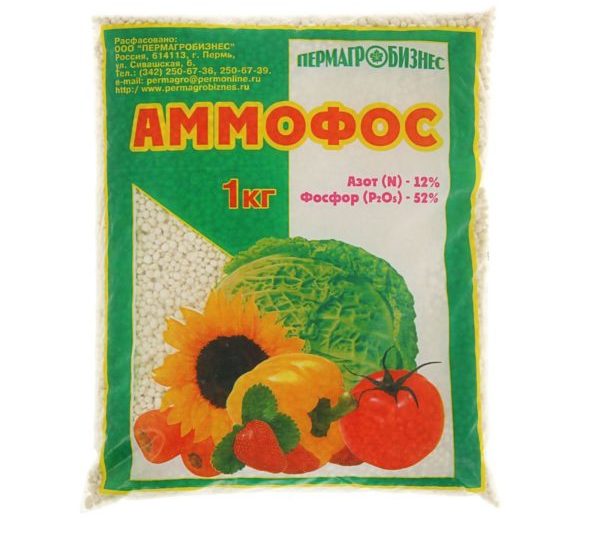
Feeding itself is obtained by a chemical reaction from monoammonium phosphate and diammonium phosphate. As a result of neutralization, a fertilizer is formed, which can become the basis for complex feeding, as it contains:
- boron;
- iron;
- manganese;
- zinc;
- silicium.
At the same time, there are practically no ballast substances in the fertilizer, which saves transportation costs and storage space.
Beneficial features
The fertilizer is designed for specific purposes, the main of which are:
- strengthening the root system of plants;
- crop resistance to disease;
- increased adaptation to weather conditions;
- yield increase;
- increase the shelf life of finished products.
An insufficient amount of phosphorus in the soil can several times reduce the productivity of crops and worsen the positive impact of other top dressings aimed at increasing productivity.
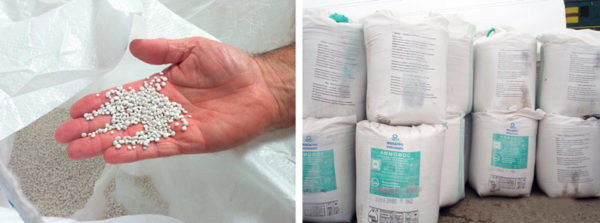
Application
Experts advise using ammophos in combination with nitrogen fertilizers, because phosphorus remains the main component of this type of fertilizing. An equal amount of both trace elements is necessary for the full development of garden plants both in household plots and in summer cottages, as well as in large farms.
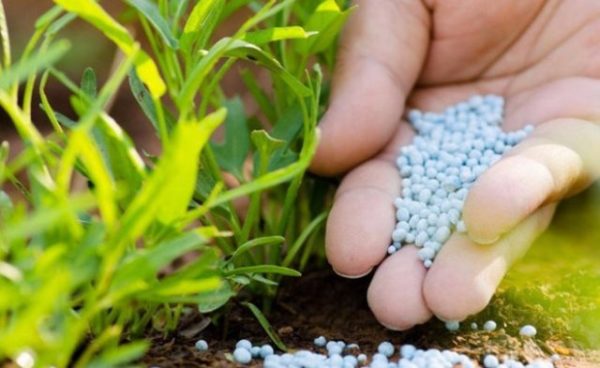
How to breed ammophos in water
The most effective way to feed cultivated plants remains liquid. To prepare a nutrient solution from fertilizer should:
- Pour 0.5 kg of ammofoska with 5 liters of hot water.
- Stir and wait for the residue to fall out.
- Drain the liquid part, use for root or foliar dressing.
- Add another 2 times 2.5 liters of hot water to the precipitate and repeat the same operation again.
Since the components that are used as ballast in the manufacture of such fertilizers include sulfur, the precipitate after rinsing with water can be used as an additional element of compost or soil top dressing.
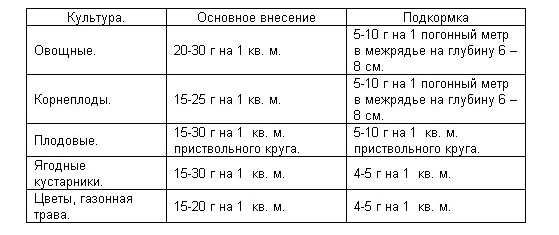
The use of Ammophos in soils of various types
Experts recommend the use of fertilizer on all types of soils, regardless of the climatic characteristics of a particular farming area.
In this case, one should take into account not only the types of cultivated plants, but also the composition of the soil:
- for chernozemic soils of forest-steppe, meadow and soddy-podzolic categories, ammophos is the main fertilizer for planting root crops, flax, crops and all chlorophobic plant species;
- carbonate, simple and southern chernozems require an individual approach. Therefore, here ammophos is the only acceptable type of fertilizer due to the high temperature during vegetation and fruiting;
- on gray soils and chestnut soils, it is recommended to use fertilizer of this type in combination with irrigation - the only way to use its effectiveness to the full;
- the use of ammophos on saline soils will help to grow a good and high-quality crop;
- for greenhouses, fertilizer is considered the most effective as the basis for complex use.
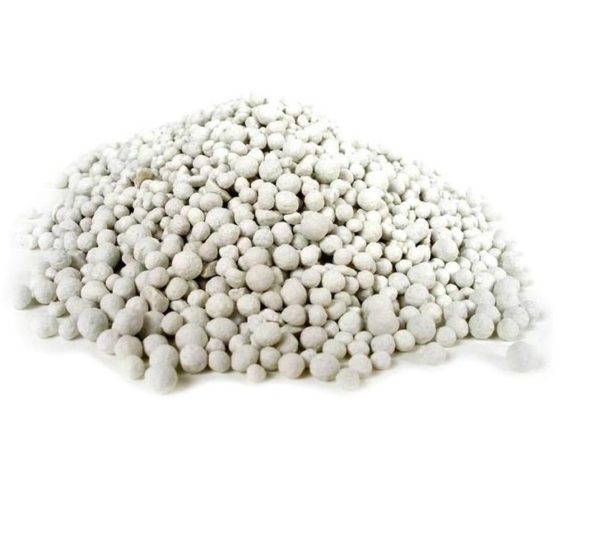
Ammophos amount depending on the application period
Due to the difference in temperature and soil moisture, the fertilizer mass varies with different types of use:
- in autumn and spring, no more than 30 mg of ammophos should be added, combining top dressing with digging the soil;
- as a top dressing in the summer period, grooves should be done between rows, with a depth of 10 cm, evenly sprinkle granules and sprinkle with soil on top. In this case, the mass of ammophos used directly depends on the type of plant, which must be known in advance;
- when planting seedlings at a constant place, the calculation of the fertilizer mass is carried out according to the formula: 1 m linear to 1 g of Ammophos. It is necessary to evenly mix dry soil with granules over the entire area of the site with peppers, tomatoes, cabbage or other crops;
- in greenhouse conditions, this type of top dressing should be applied during soil preparation before planting. You will need at least 50 g of Ammophos per 1 square. meter - a more accurate instruction is on the packaging and indicates the dependence of the number of granules on a vegetable of one type or another.
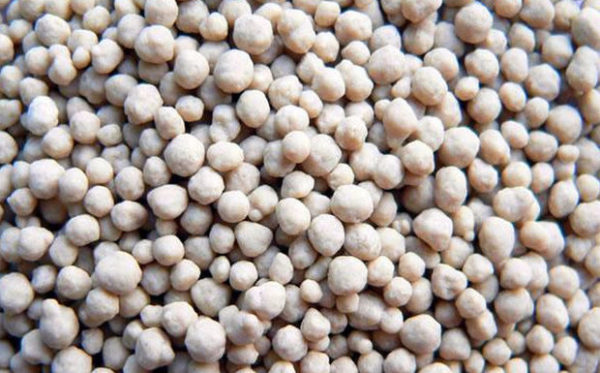
Reviews about Ammophos
Ivan Fedorovich, Moscow Region:
“For a long time I fed vegetables in the garden only with organic matter - chicken droppings were bred and added. Let's face it, the result was not pleasing. I convinced ammophos to try the neighbor-agronomist - he had such a crop on a small piece, I was already envious. I tried 2 years ago and did not regret it - cucumbers and tomatoes bore fruit until the frost. Even the early grades. ”
Natalia, Kemerovo region:
“I like flowers very much. Only our land is heavy, and there is little rainfall. I tried a new fertilizer - there ammophos was the main component. Now I’m not overjoyed with my phlox and dahlia - they bloom profusely and for a long time, all the neighbors are a sight for sore eyes "
Stepan Kirillovich, Kherson:
“We have little rain in the summer, therefore, without ammophos on sandy soils - nothing at all. The irrigation is drip, so I apply fertilizer in the fall and spring so that the holes in the system do not clog. Harvest is guaranteed even in the driest summer. ”
Egor, Kursk region:
“The inheritance from the parents went to a piece of land on the outskirts. Soil quality - nowhere worse, sand mixed with clay and gray earth. The first year I tried to grow something, except weeds did not spoil anything. On the advice of the mother-in-law - she is our summer resident - acquired ammophos, introduced during digging. Now with the harvest, both the potato bears fruit well and the tomatoes. ”

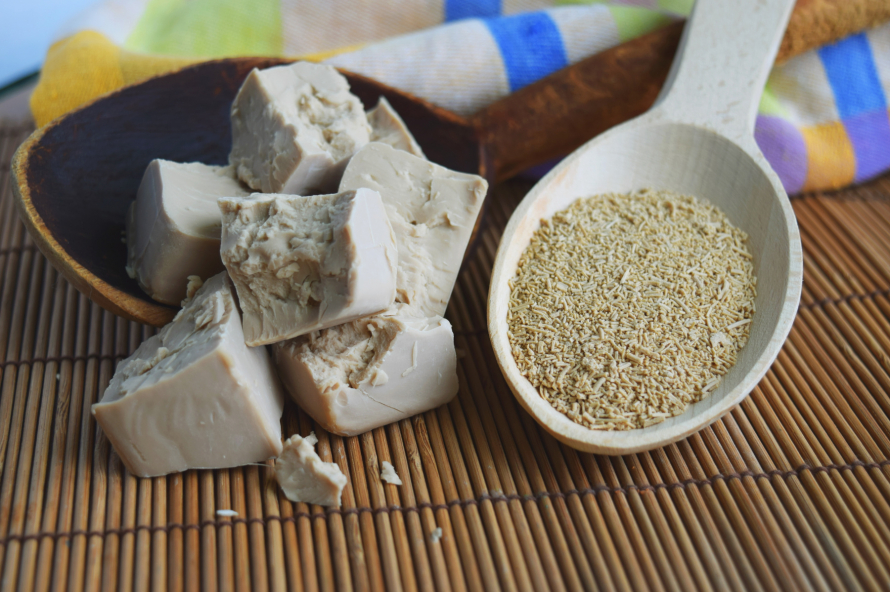
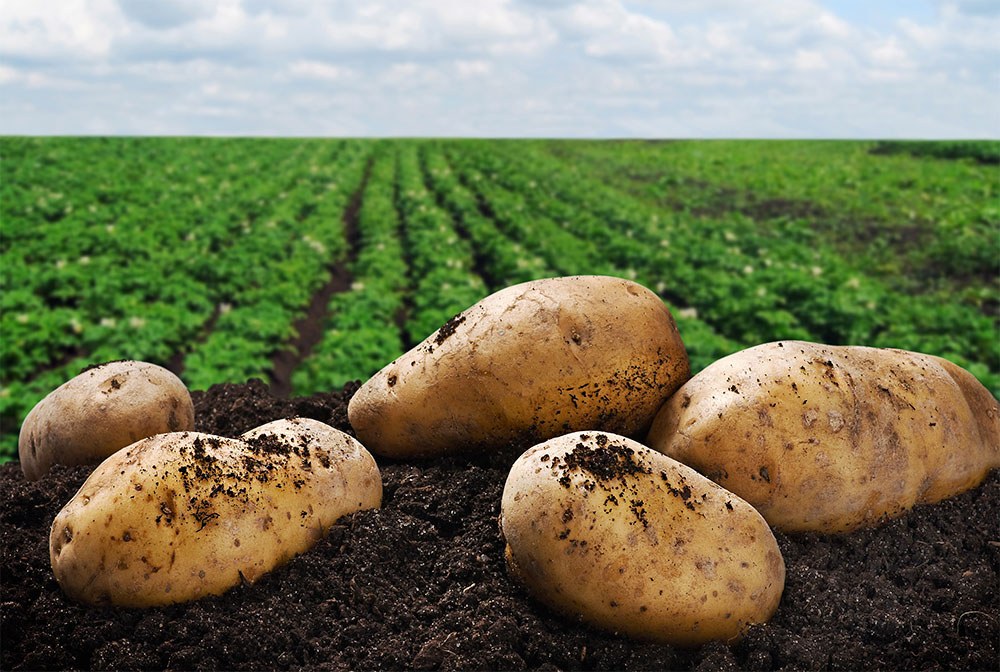
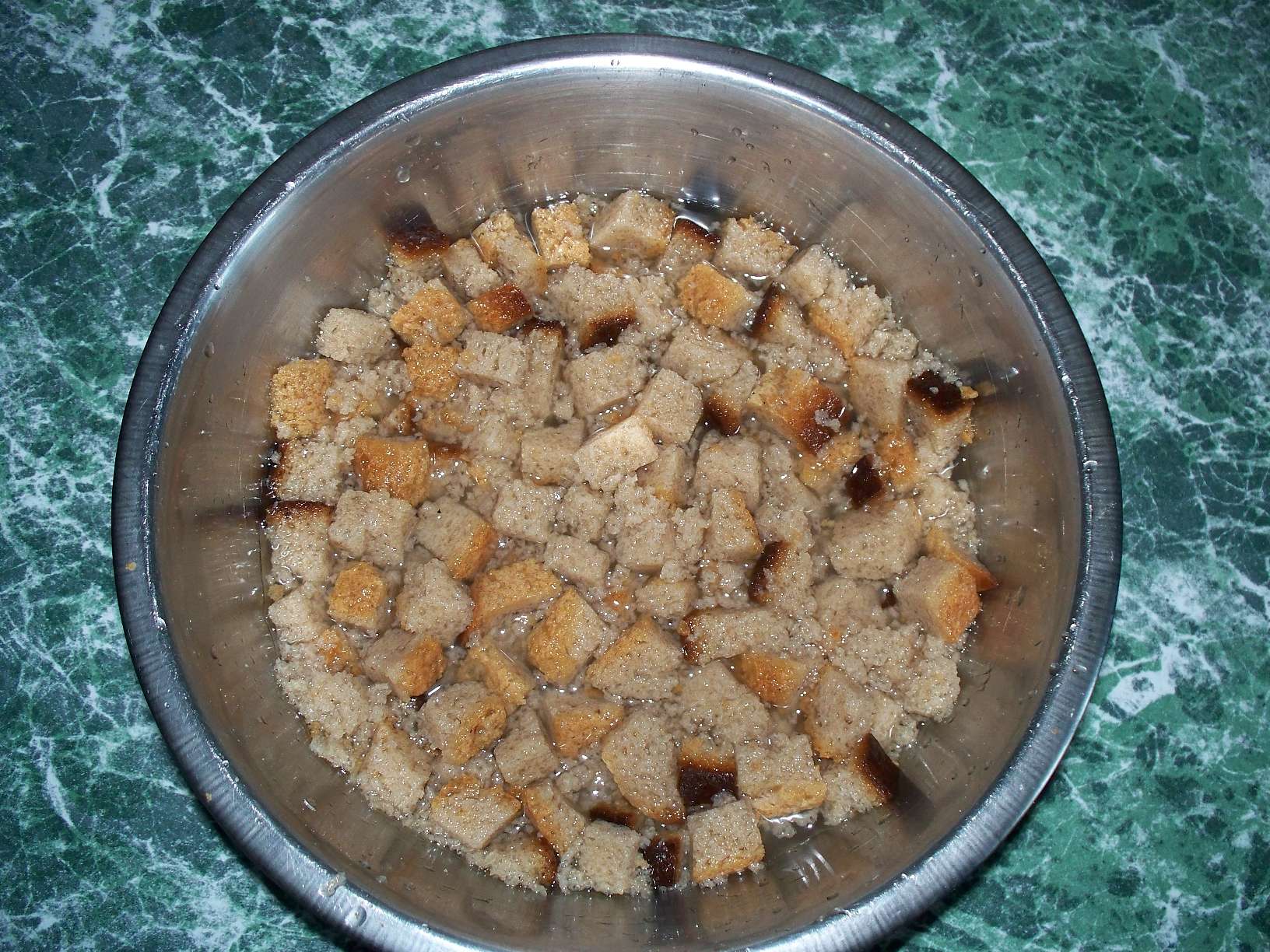
 Superphosphate: what is it and how to apply it
Superphosphate: what is it and how to apply it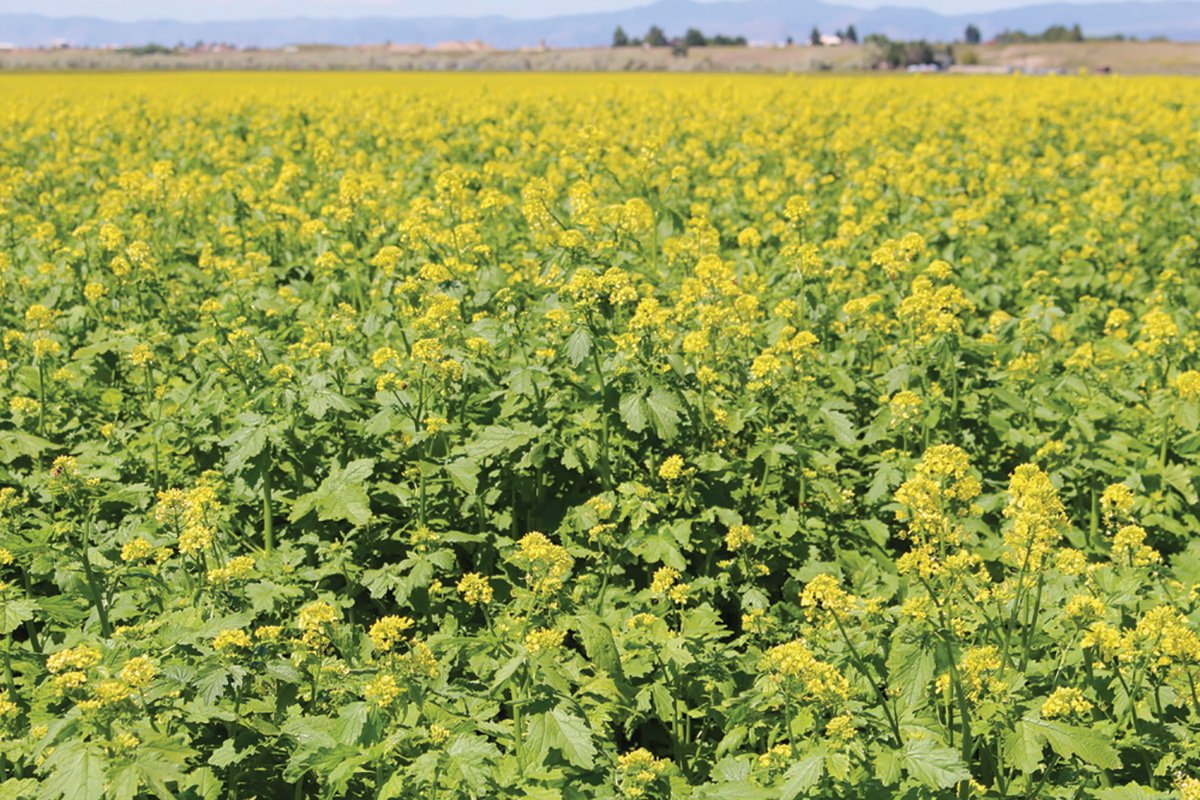 What problems can be expected from siderats?
What problems can be expected from siderats?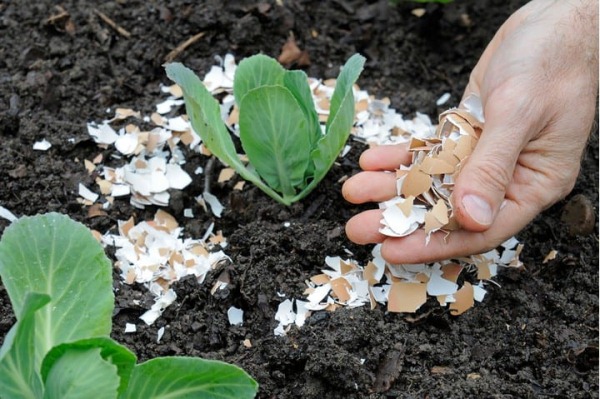 Secrets of the collection, storage and use of eggshells in the garden
Secrets of the collection, storage and use of eggshells in the garden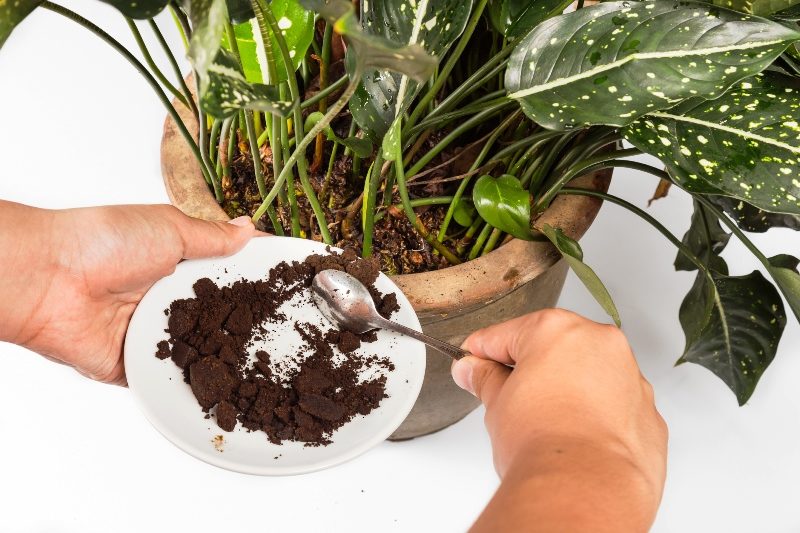 The most popular top dressing for indoor plants
The most popular top dressing for indoor plants